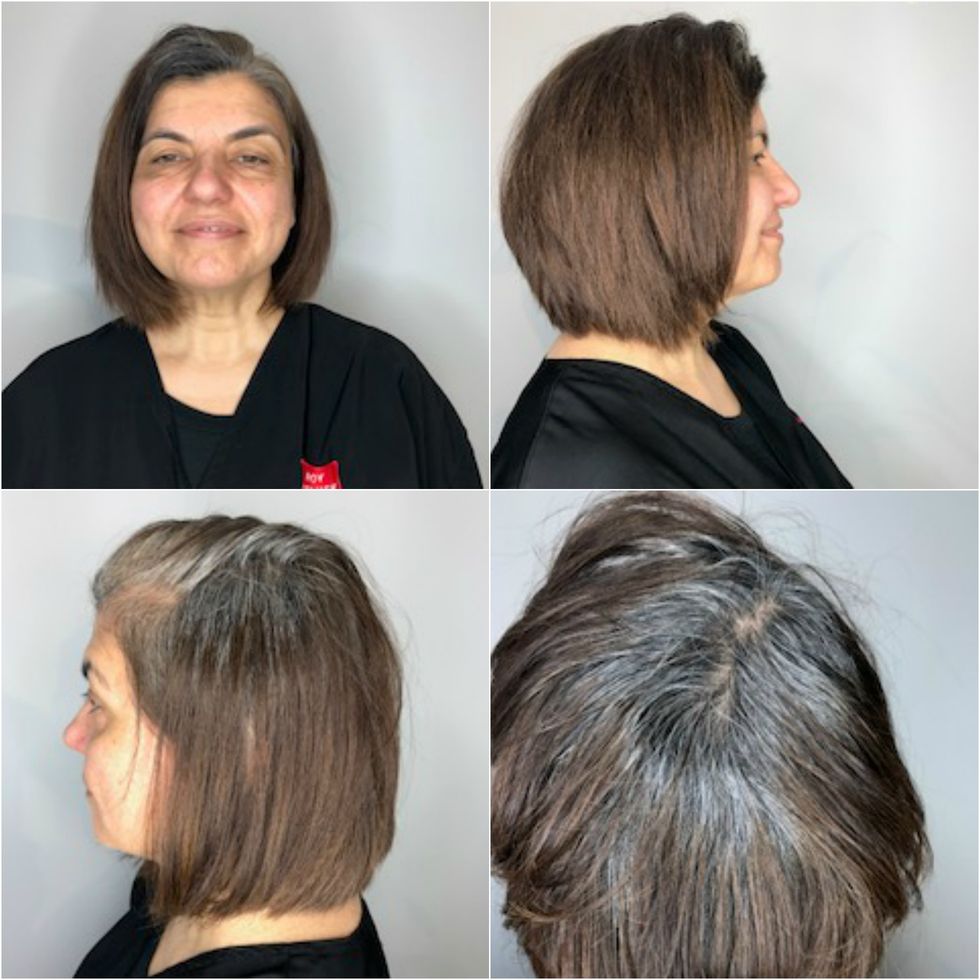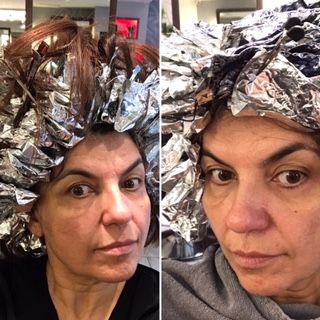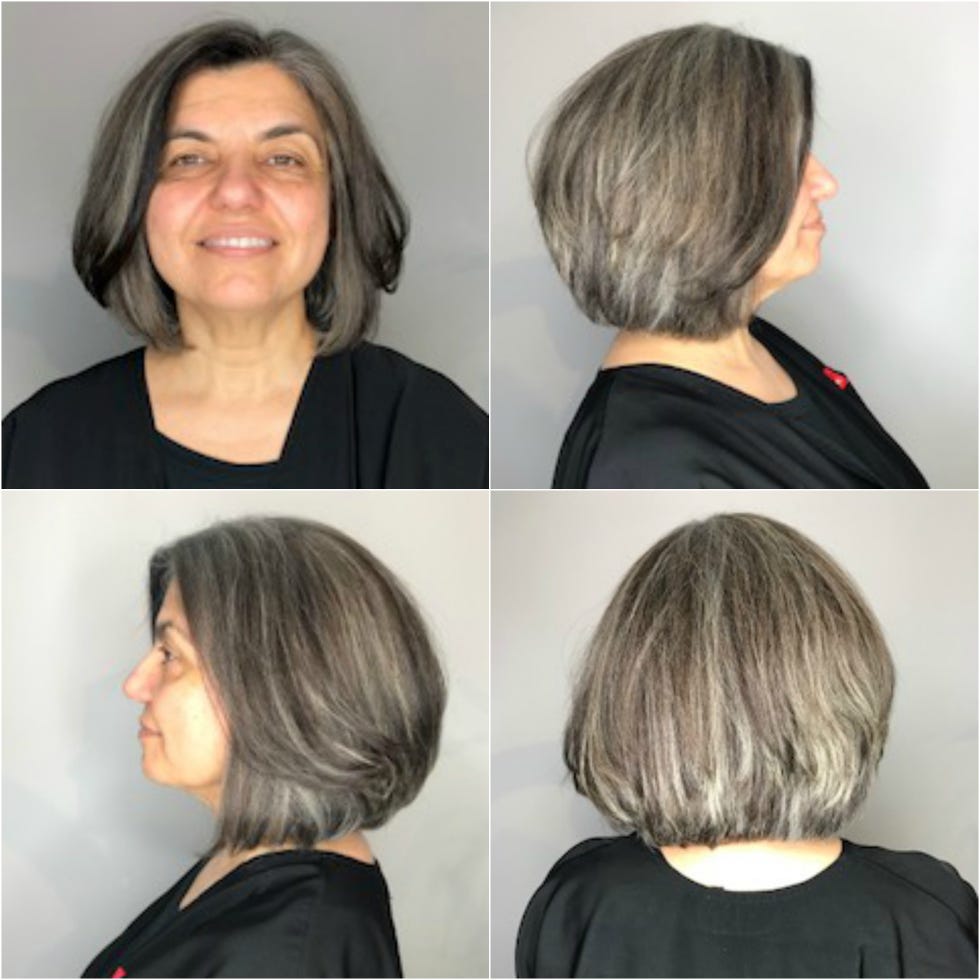
Hair extensions have revolutionised the way you can transform your hairstyles. In just a blink of an eye you can add length and volume to your natural hair. As the popularity of these products grows, so does the choice of different types of them. So which particular one should you opt for – natural or synthetic extensions?
Embrace the Authenticity with Natural Hair Extensions
Crafted from real human hair, natural hair extensions offer a level of authenticity that is hard to replicate. The strands that make Viola’s hair extensions are sourced carefully, ensuring a high-quality and natural appearance. The major advantage of natural hair extensions is their ability to blend seamlessly with your own hair. They can be styled, dyed, and treated just like your natural hair, providing you with endless possibilities of your hair routine.
Applying natural hair extensions means that you are absolutely free to use heat styling tools, such as curling irons and straighteners without having to worry about damaging the extensions. The durability and longevity of natural hair extensions also make them an excellent investment. Natural hair extensions are also a more sustainable solution, since with proper care and maintenance, they can last for a long time. This applies to different types of extensions, from nano-rings to hair wefts.
Synthetic Hair Extensions – An Easy Way
Artificial hair extensions, as opposed to their natural equivalent, are made from synthetic fibres designed to imitate the look and feel of natural hair. These extensions often come pre-styled, offering a wide range of textures and colours. They may be a safe choice if you desire a specific hairstyle without the need for daily styling. Synthetic hair extensions are usually affordable, which makes them a budget-friendly choice. While synthetic hair extensions are easier to maintain, they will not necessarily give the outcome that you are looking for. Unlike natural hair extensions, they retain their style even after washing. Additionally, synthetic hair extensions are not affected by humidity or weather conditions, ensuring consistent styling regardless of the environment.
Choosing The Right Hair Extensions
When choosing between natural and synthetic hair extensions, it ultimately comes down to your personal preferences and needs. If you value authenticity and the ability to customise your hairstyle, natural hair extensions from Violahairextensions are an excellent choice. They provide a seamless blend and the freedom to style your hair as desired. On the other hand, if you seek affordability, and low maintenance, synthetic hair extensions may be a right choice for you. However, it needs to be noted that they provide much more limited experience of using, whereas natural hair extensions, such as the one made by Viola, offer much more possibilities. Their biggest advantage is certainly being made out of real human hair. Consulting with a professional stylist can also provide valuable insights and guidance based on your individual circumstances.
The Importance of Proper Maintenance
Remember, whether natural or synthetic, proper care and maintenance are key to ensuring the longevity and vibrancy of your hair extensions. Embrace the possibilities and enjoy the stunning results that hair extensions can bring to your overall appearance. By understanding your priorities and considering the factors discussed, you can confidently choose the perfect hair extensions to enhance your unique style and transform your look.
Xhicboutique.com – Discover this Product & More at Super Prices!
Source link







